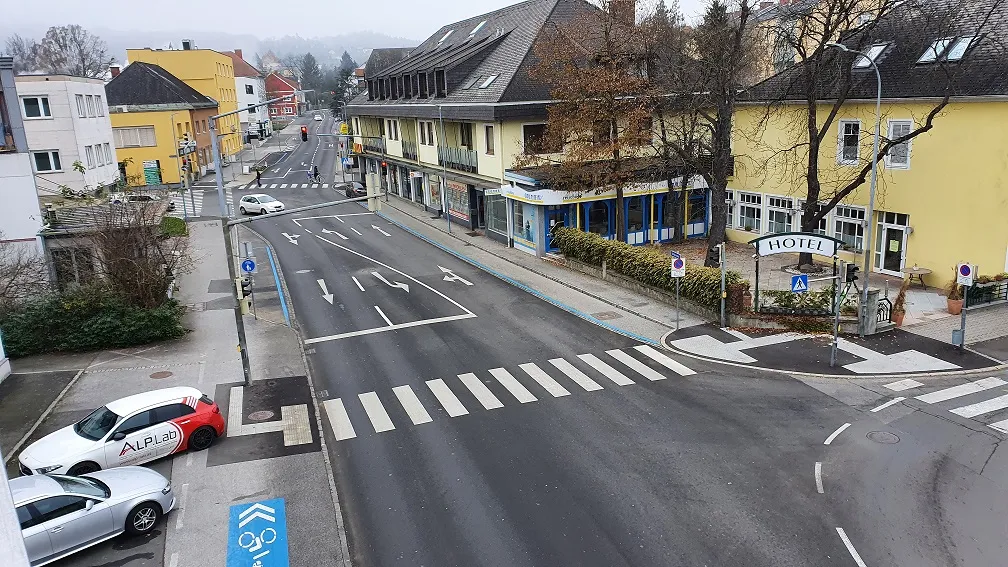Danish technology company Blip Systems and Aventi Technology are to partner in a venture designed to expand the BlipTrack tracking solution into the Norwegian market.
July 4, 2013
Read time: 2 mins
Danish technology company 3778 Blip Systems and 7411 Aventi Technology are to partner in a venture designed to expand the BlipTrack tracking solution into the Norwegian market.
By combining Blip Systems’ BlipTrack and the experience of the Norwegian system integrator specialist, the two companies plan to provide Norwegian cities with new ways of fighting traffic congestion.
Using sensors installed in strategic points in the road network, BlipTrack tracks Bluetooth and wi-fi enabled devices, such as mobile phones, tablets and hands-free installations in cars, enabling traffic managers to measure traffic flow and calculate travel time. This offers users a wide range of possibilities to provide real-time queue warning and road sign information, evaluate and regulate traffic signals to optimise flow, reduce CO2 and more, for a fraction of the price compared to conventional technologies such as camera, radar and loops.
“We are pleased to have entered partnership with Blip Systems, and are looking forward to implementing their Bluetooth and wi-fi technology, to collect real time data for use in our existing ITS solutions, to improve traffic flow and security in urban areas”, says Aventi Technology general manager Terje Hundere.
"The unique capabilities Aventi has in road traffic, automation and telematics complement our BlipTrack solution and will provide added value to Norwegian customers”, says Blip Systems sales director Preben Andersen.
By combining Blip Systems’ BlipTrack and the experience of the Norwegian system integrator specialist, the two companies plan to provide Norwegian cities with new ways of fighting traffic congestion.
Using sensors installed in strategic points in the road network, BlipTrack tracks Bluetooth and wi-fi enabled devices, such as mobile phones, tablets and hands-free installations in cars, enabling traffic managers to measure traffic flow and calculate travel time. This offers users a wide range of possibilities to provide real-time queue warning and road sign information, evaluate and regulate traffic signals to optimise flow, reduce CO2 and more, for a fraction of the price compared to conventional technologies such as camera, radar and loops.
“We are pleased to have entered partnership with Blip Systems, and are looking forward to implementing their Bluetooth and wi-fi technology, to collect real time data for use in our existing ITS solutions, to improve traffic flow and security in urban areas”, says Aventi Technology general manager Terje Hundere.
"The unique capabilities Aventi has in road traffic, automation and telematics complement our BlipTrack solution and will provide added value to Norwegian customers”, says Blip Systems sales director Preben Andersen.









